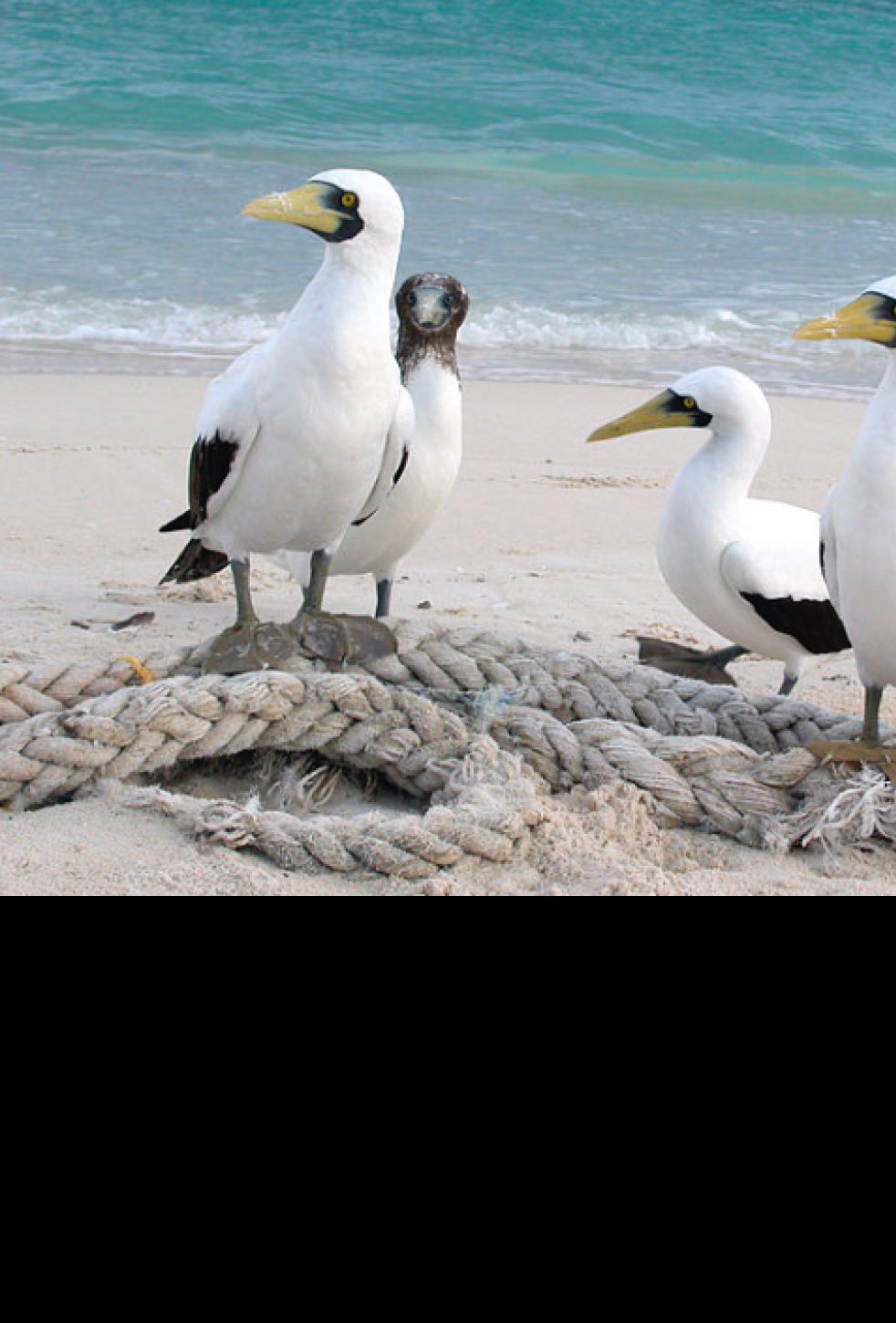
09 • 01 • 2016
Pres. Obama Expands Papahanoumokuakea and Creates the Largest Marine Monument in the World
Along with many scientists, Native Hawaiians and environmental groups, Surfrider urged Pres. Obama to expand the Papahānaumokuākea Marine National Monument. Pres. Obama announced the expansion at the beginning of the IUCN World Conservation Congress, which was held in Honolulu in early Sept. The expansion of the Papahānaumokuākea Marine Monument would increase the area of the sanctuary from approximately 139,800 square miles to possibly 639,300 square miles. Hawaii is now home to the largest marine protected area in the world!
For months, members of the Hawaiian community, Sen. Brian Schatz (D-Hawaii) and over 1,500 scientists urged Pres. Obama to expand the Papahānaumokuākea Marine National Monument in the Northwestern Hawaiian Islands. Under the leadership of the Oahu Chapter, the Surfrider Foundation sent in a letter in support of the expansion. Members of the Oahu Chapter also joined phone banks and rallied other groups and citizens to join the cause.
Estimates suggest that the proposed expansion area would also help protect 97% of the remaining 1,100 wild Hawaiian Monk Seals and 90% of the remaining Hawaiian Green Turtles. It would also provide a safe haven for migratory species that travel thousands of miles to spend time in these waters, including humpback whales from the north. Expanding the sanctuary five-fold would help protect these and other species from resource extraction, overfishing, entanglements, and fatal ingestion of marine debris. Indeed the largest threat to species living within the existing sanctuary is garbage, made up predominantly of plastics. Over the last ten years, an ongoing marine debris clean-up program has removed 586 tons of garbage in this relatively remote area; the annual 2016 clean-up expedition removed 2,400 pounds of wayward trash. All in all, the expansion would provide much needed resources for the management and oversight of this diverse yet fragile ecosystem.